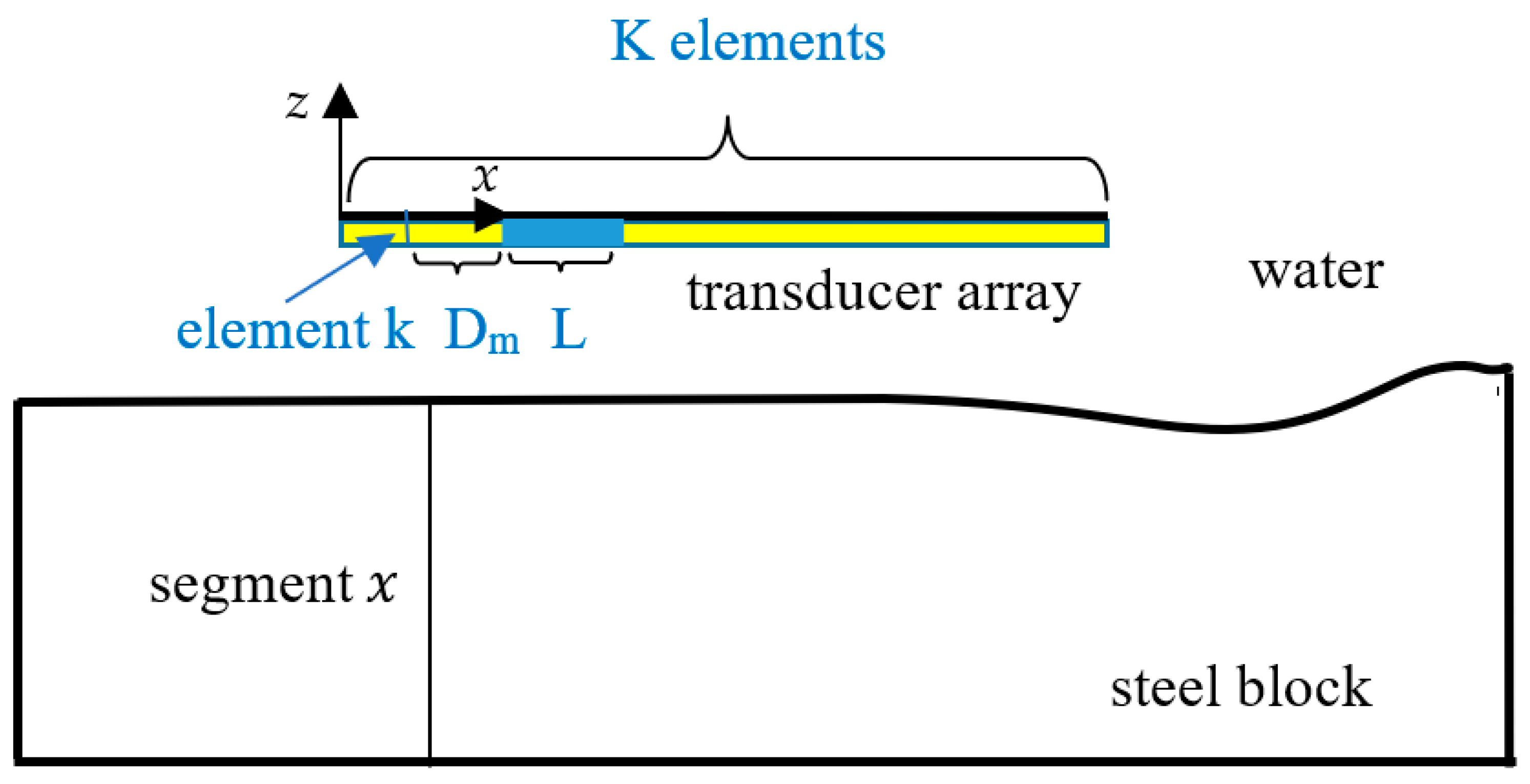Correction: Fradkin et al. Towards Explainable Augmented Intelligence (AI) for Crack Characterization. Appl. Sci. 2021, 11, 10867
Error in Figure

Text Correction
Reference
- Fradkin, L.; Uskuplu Altinbasak, S.; Darmon, M. Towards Explainable Augmented Intelligence (AI) for Crack Characterization. Appl. Sci. 2021, 11, 10867. [Google Scholar] [CrossRef]
Publisher’s Note: MDPI stays neutral with regard to jurisdictional claims in published maps and institutional affiliations. |
© 2022 by the authors. Licensee MDPI, Basel, Switzerland. This article is an open access article distributed under the terms and conditions of the Creative Commons Attribution (CC BY) license (https://creativecommons.org/licenses/by/4.0/).
Share and Cite
Fradkin, L.; Uskuplu Altinbasak, S.; Darmon, M. Correction: Fradkin et al. Towards Explainable Augmented Intelligence (AI) for Crack Characterization. Appl. Sci. 2021, 11, 10867. Appl. Sci. 2022, 12, 1043. https://doi.org/10.3390/app12031043
Fradkin L, Uskuplu Altinbasak S, Darmon M. Correction: Fradkin et al. Towards Explainable Augmented Intelligence (AI) for Crack Characterization. Appl. Sci. 2021, 11, 10867. Applied Sciences. 2022; 12(3):1043. https://doi.org/10.3390/app12031043
Chicago/Turabian StyleFradkin, Larissa, Sevda Uskuplu Altinbasak, and Michel Darmon. 2022. "Correction: Fradkin et al. Towards Explainable Augmented Intelligence (AI) for Crack Characterization. Appl. Sci. 2021, 11, 10867" Applied Sciences 12, no. 3: 1043. https://doi.org/10.3390/app12031043
APA StyleFradkin, L., Uskuplu Altinbasak, S., & Darmon, M. (2022). Correction: Fradkin et al. Towards Explainable Augmented Intelligence (AI) for Crack Characterization. Appl. Sci. 2021, 11, 10867. Applied Sciences, 12(3), 1043. https://doi.org/10.3390/app12031043





